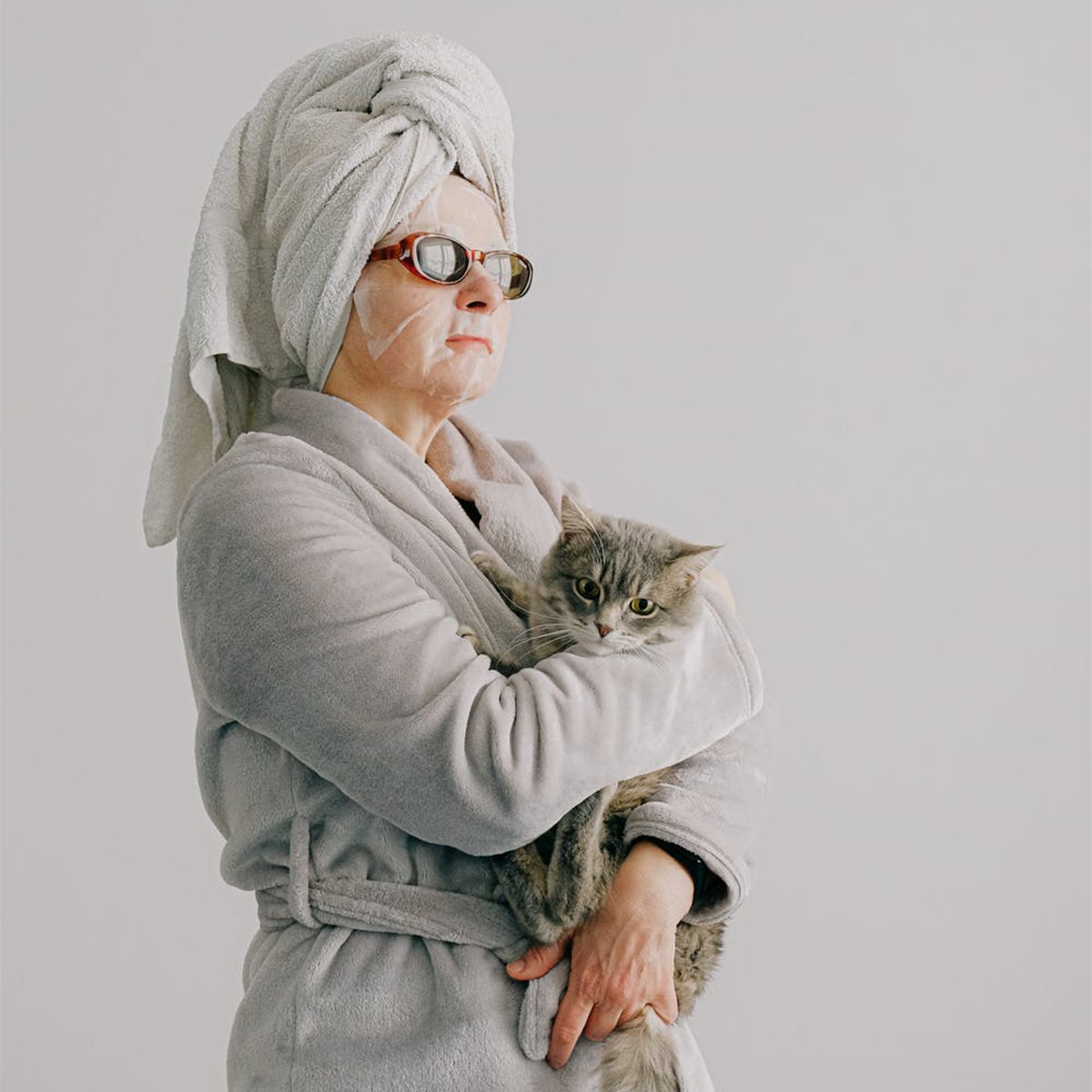Blog • Perspective
The Economic Case For Salons and Personal Care

By Shanalie Wijesinghe . Feb.03.2021
Share Article
Beauty is still big business in 2021, and getting bigger.
During a recession or crisis, officials often write off personal care as a non-essential industry that doesn’t contribute much to the economy. But this couldn't be farther from the truth — personal care businesses create jobs, boost the economy, and uplift the spirits of countless people worldwide. This article will make the economic case for investing in beauty and personal care businesses, even during a recession.
The lipstick effect
It’s impossible to discuss the beauty industry’s financial resilience without addressing the so-called “lipstick effect,” a term coined by Leonard Lauder as shorthand for the phenomenon of consumers buying themselves small treats when they can’t afford larger purchases. Putting aside the irony that the pandemic drove down lipstick sales, the overall concept still holds true. When faced with emotional, political, and financial uncertainty, consumers look to influence one of the few things they can: themselves.
The overall value of the US beauty and personal care market in 2020 was more than $93 billion. Meanwhile, revenue for the cosmetics and skincare industry will likely grow by over 6% in 2021. In the meantime, the hair and nail salon industry is valued at just under $43 billion, and is expected to grow another 7% in 2021. Those numbers are too significant to ignore.
The pandemic created new beauty opportunities
No-one can deny that the pandemic put a dent in certain facets of the beauty industry, but it also introduced new business opportunities. With their mouths concealed by masks, consumers indulged in dramatic eye looks, driving a 204% increase in eye makeup sales. Skin care was already a growing vertical, but “maskne” — skin irritation caused by wearing a mask all the time — sent sales of facial products like steamers and serums sky-high. Consumers stuck at home also invested heavily in skincare that protects against the blue light given off by their devices. We want to look good, even if people will only see us on Zoom.
Women of color are still underserved
Immense opportunities exist for beauty services aimed specifically at women of color. Black actors and models often find themselves forced to do their own hair because too few stylists are up to the task. In a recent study, 69% of women of color felt frustrated by a lack of skincare products appropriate for their skin tone. Black women are less likely than white women to try a new skincare product because they’re afraid of what it might do to their skin.
On the other hand, when women of color (WOC) find excellent products, they will pay premium prices. A 2018 Nielsen report indicated that the Black community spends nine times more on beauty products and services than the white community, as much as $1.1 billion annually. That doesn’t include weaves, extensions, or styling tools. The buying power of WOC is enormous, yet bafflingly overlooked by many investors.
All in all, 2020 created unique challenges as social distancing restrictions forced salons to rethink their business models and consumers changed their beauty priorities. But people still want to feel good about themselves and are willing to invest in their self-care regimens. Masks may make it harder to see, but the lipstick effect is very much still in place.
Sign up for weekly blog updates.
